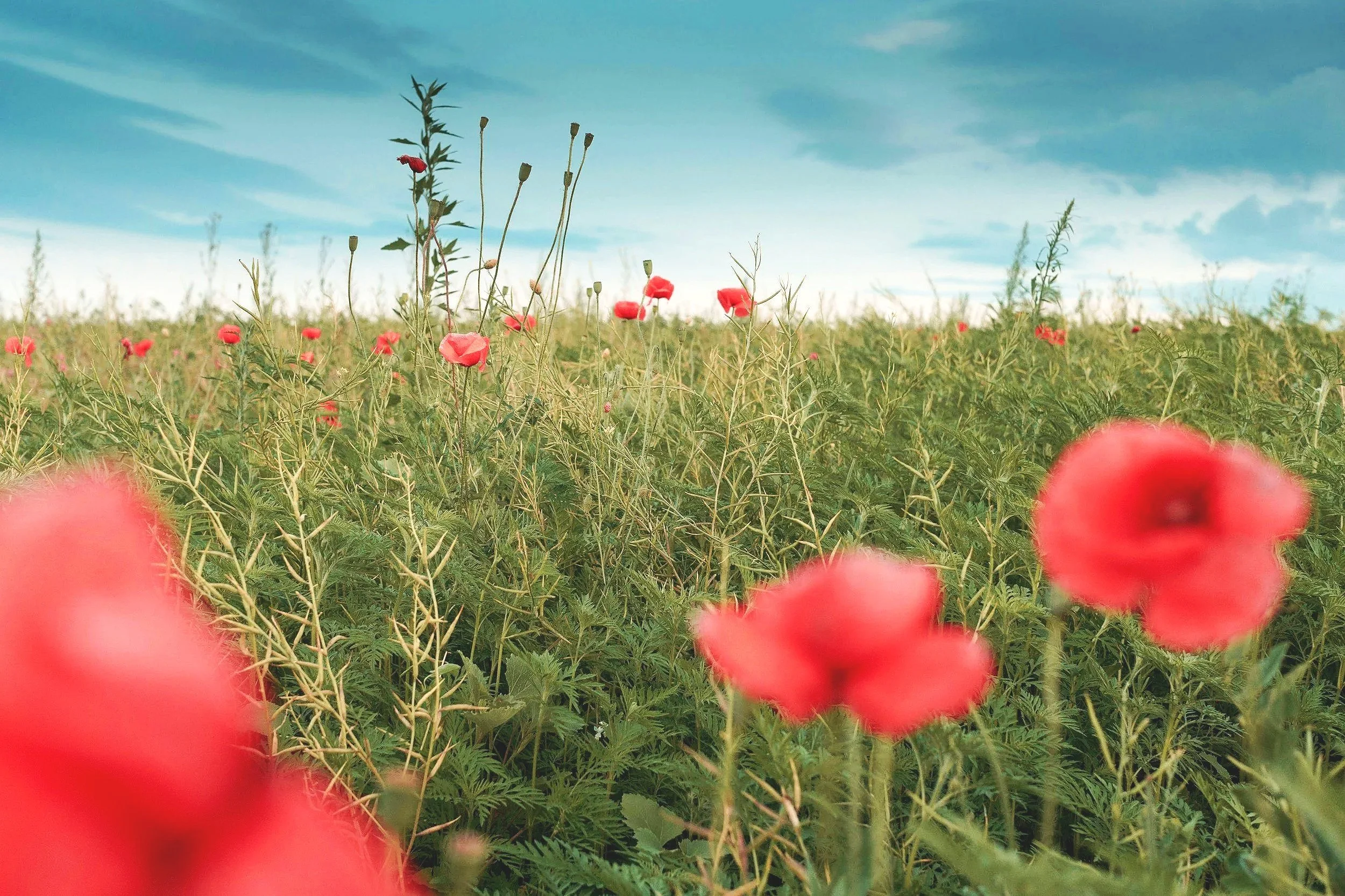Feeling Drained? Here’s a More Sustainable Way to Boost Your Energy
By Rachel Taylor
Have you ever found yourself reaching for another cup of coffee or a quick energy bar just to get through the day? While caffeine and sugar might offer a temporary boost, that surge is often short-lived—and can leave you feeling more depleted in the long run.
But what if you could generate more energy naturally, using minimal effort and without relying on external stimulants?
Enter qigong.
Qigong (pronounced “chee-gung”) is an ancient practice that works with your body’s life force energy—known as qi—to cultivate physical vitality, mental clarity and emotional balance. Qi is the energy that animates all living things. It’s the sunlight that nourishes plants, the air that fills your lungs and the subtle electrical charge that grounds you to the earth. This life force is always present within and around you—but at times, it can become stagnant or blocked.
When qi gets stuck in the body, it can lead to fatigue, physical discomfort, emotional stress, or even brain fog. Qigong offers a gentle yet powerful way to release this stagnant energy and restore natural flow.
You’re already doing qigong to some extent, whether you realize it or not. Any kind of movement such as simply walking, dancing, or working out at the gym can help circulate qi. However, what sets qigong apart is how it prioritizes ease, internal sensation, and the subtle energetics of movement over physical exertion. While practices like yoga also blend breath, movement, and mindfulness, qigong is less about aesthetic alignment or flexibility, and more about feeling into the energy as it moves through you. The movements are often smaller, slower, and more circular, designed to harmonize your internal energy system rather than challenge your physical limits. This inward focus makes qigong accessible to people of all ages and fitness levels, and allows for a deeply restorative experience.
On a physical level, qigong supports the smooth circulation of blood, lymph, and other bodily fluids. It gently stimulates the organs, improves joint mobility and enhances coordination. Regular practice also helps release muscular tension and supports a healthy posture by nourishing the body’s connective tissues.
But the benefits go beyond the physical. As you begin to move with mindful intention, qigong helps calm the mind and reconnect you with the natural flow of life. It shifts your nervous system out of fight-or-flight mode into a more relaxed, resilient state. Over time, this fosters greater mental-emotional stability and enhances your ability to respond to stress with clarity and ease.
Through simple, flowing movements and conscious breathwork, qigong reconnects you to your natural energy source. It’s a practice rooted in thousands of years of wisdom from ancient Asian traditions—and it remains just as relevant today in our modern, fast-paced lives. So the next time you find yourself reaching for that third cup of coffee, consider taking a few minutes to tune into your life force energy. A simple qigong practice can renew your vitality from within and reconnect you to a steadier, more sustainable source of energy.
Rachel is our very own Qigong instructor here at Jillian‘s. Having training and certifications in both yoga and Qigong, she fits nicely within our holistic team of teachers. Her classes are energetic, grounding and fun, helping us to cultivate a great sense of community. Rachel is originally from Cincinnati. She has a background in music, earning a bachelor's degree in music performance on clarinet. Even though she does not play anymore, she translates what she learned to her qigong practice. She loves exploring different styles of yoga and qigong, comparing the two to the musical scales, giving her the ability to create a piece of music within her movement and energy work practice.
When Rachel is not Teaching in the Sunny Garden Classroom at the Center, she enjoys being outside for long hikes and runs.
Go here to sign up for Qigong with Rachel.





